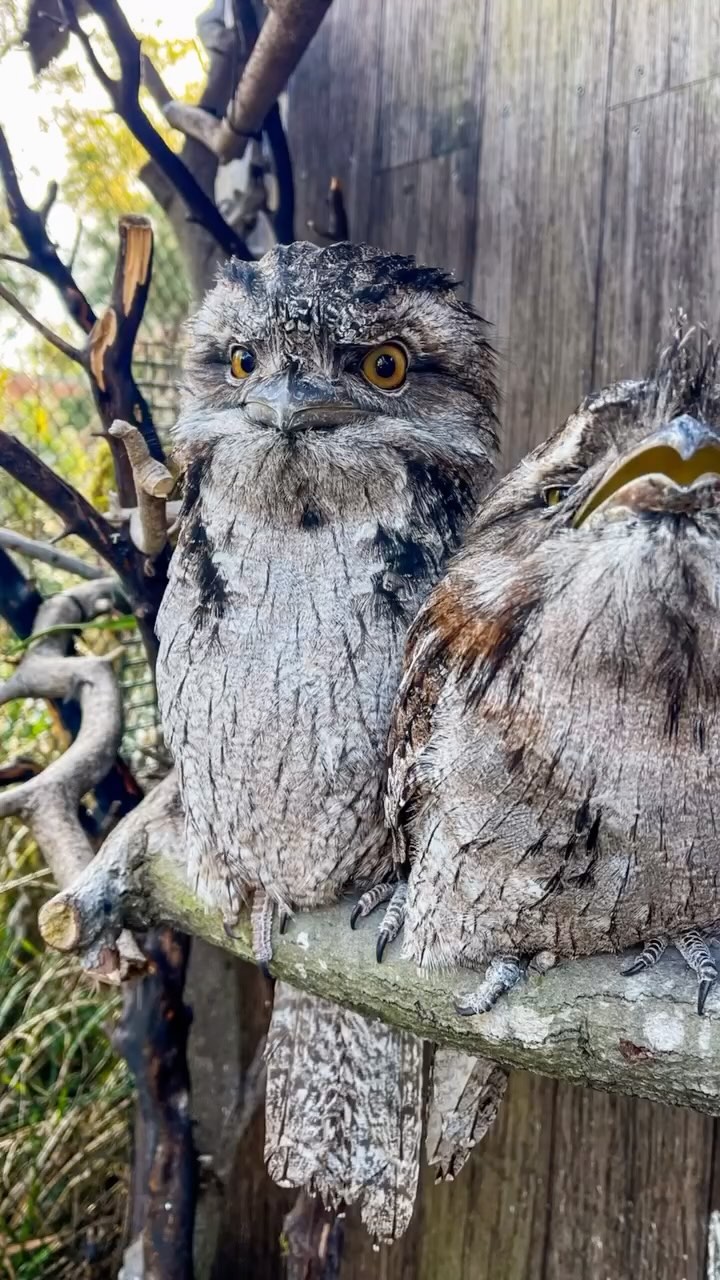- Explore the nutritional and ecological significance of worm protein for avian diets.
- Discuss the behavioral traits and habitat of tawny frogmouths.
- Understand the role of professional zookeepers in avian care and wildlife conservation.
- Examine the balance between animal welfare and visitor engagement in zoos.
- Highlight current conservation efforts aimed at protecting tawny frogmouths and their habitats.
The nutritional and ecological significance of worm protein in avian diets plays a crucial role in bird health and development. For centuries, birds have relied on insects and worms as a primary food source. These creatures provide an excellent and sustainable source of protein, vitamins, and essential amino acids. For birds like the tawny frogmouth, nutrition derived from molds and insects is vital. This aspect of their diet impacts not only individual health but broader ecological roles.
Worms and other invertebrates are essential in the food chain because they decompose organic matter, enriching the soil. By consuming worms, birds contribute to pest control and soil fertility, making them indispensable players in maintaining ecological balance. When considering worm protein’s role in avian diets, one must appreciate the connection between diet, health, and the environment.
An intriguing species, the tawny frogmouth (Podargus strigoides), sports a distinct appearance and nocturnal habits. Often mistaken for owls due to their similar nocturnal lifestyles, frogmouths are more closely related to nightjars. Native to Australia, these birds inhabit open forests and woodlands, where they blend in with tree bark, thanks to their mottled plumage. During the night, their exceptional vision and hunting skills are at play as they capture various prey, including worms, insects, and rodents.
Tawny frogmouths are monogamous, and both parents take equal roles in incubating eggs and feeding chicks. These engaging behaviors are occasionally witnessed by visitors at zoos, where conservators meticulously curate habitats that closely mimic natural environments. This approach to habitat design ensures these birds thrive in captivity while educating the public.
Professional zookeepers like Keeper Ryan have a vital role in nurturing captive wildlife and promoting conservation education. They study behavioral patterns, dietary needs, and health requirements, applying this knowledge to provide optimal care for birds. For Keeper Ryan, showcasing the expressions of the tawny frogmouths may entertain and inform, encouraging an emotional connection between visitors and animals. This affinity tends to inspire action towards wildlife conservation.
Zookeepers also act as intermediaries between animals and the public, interpreting animal behaviors for educational purposes. The dedication, knowledge, and passion they bring are pivotal in welfare and overall success in species conservation.
Ensuring animal welfare while engaging visitors requires a delicate balance. Modern zoos strive to create authentic experiences that ignite curiosity and foster conservation awareness without compromising the animals’ well-being. Providing opportunities to witness the natural behavior of animals like the tawny frogmouth fosters empathy and understanding, which can lead to lasting conservation action. In Keeper Ryan’s Instagram post, they share not only a glimpse of the frogmouths’ dietary preferences but also the visual humor these birds can evoke, helping build a bridge between wildlife and people.
Conservation efforts for the tawny frogmouth focus on habitat preservation and mitigating threats posed by human activities. Urban development, deforestation, and vehicle-related collisions endanger these birds’ habitats. Conservation organizations in Australia and globally work to improve habitat quality, implement conservation plans, and raise public awareness.
Zoos collaborate with research institutions and conservationists to enact breeding programs and establish genetic diversity. These efforts ensure a sustainable future for tawny frogmouths, reinforcing the message that species and habitat preservation must go hand in hand.
The engaging sight of a healthy, worm protein-rich bird dinner brought to life through Keeper Ryan’s lens serves as a reminder of our shared responsibility in environmental conservation. As we cherish the beauty and intricacies of species like the tawny frogmouth, our commitment to their protection strengthens and sustains the ecosystems they inhabit.
*****
Source Description
When you’re enjoying your healthy, worm protein-rich bird dinner but everyone says you look like a burnout: 🤨😤😩
(See March 25 post for context.)
📸: Keeper Ryan
Alt-text: The tawny frogmouths take turns making funny faces for Keeper Ryan’s camera in this short reel.


